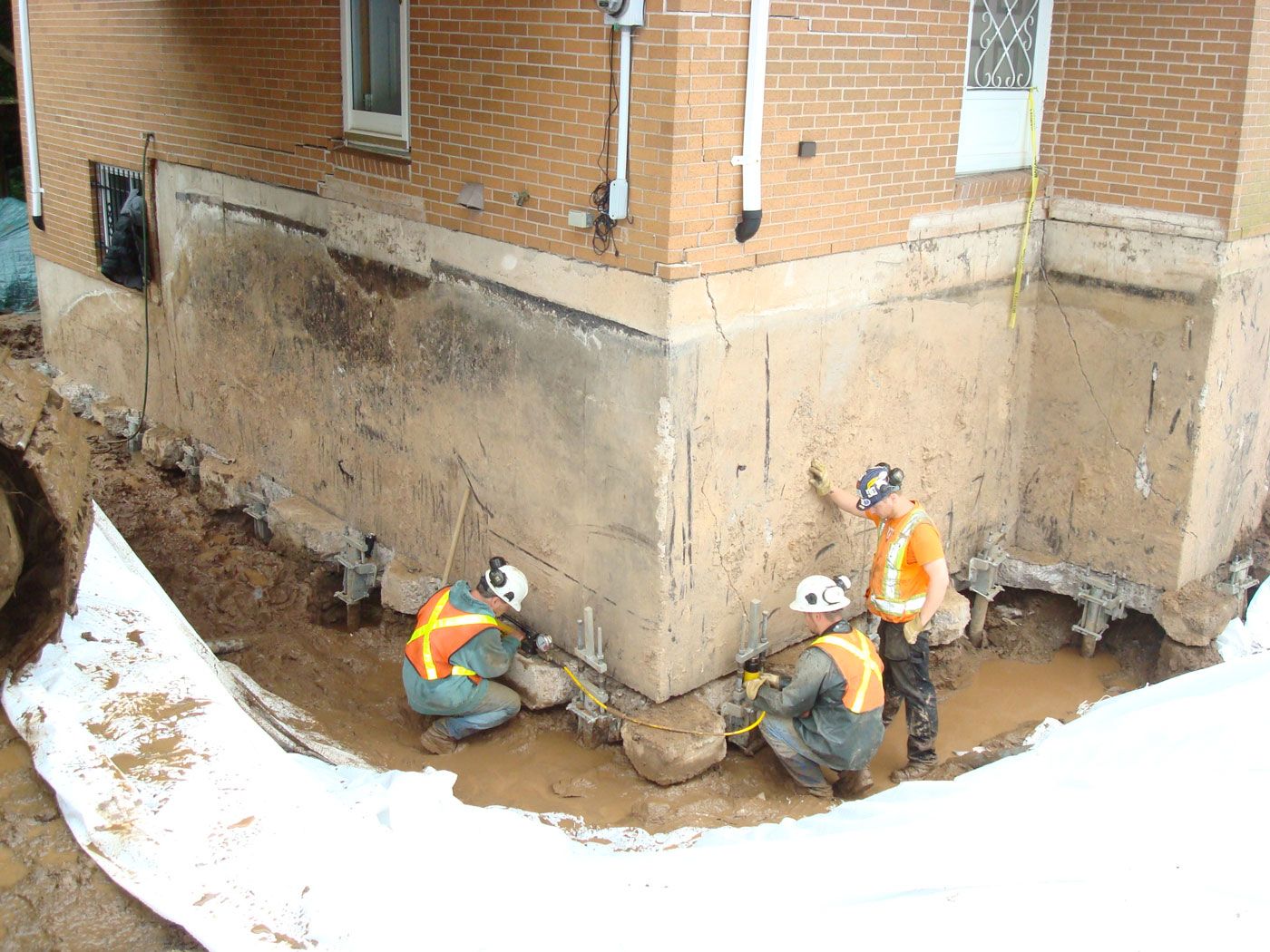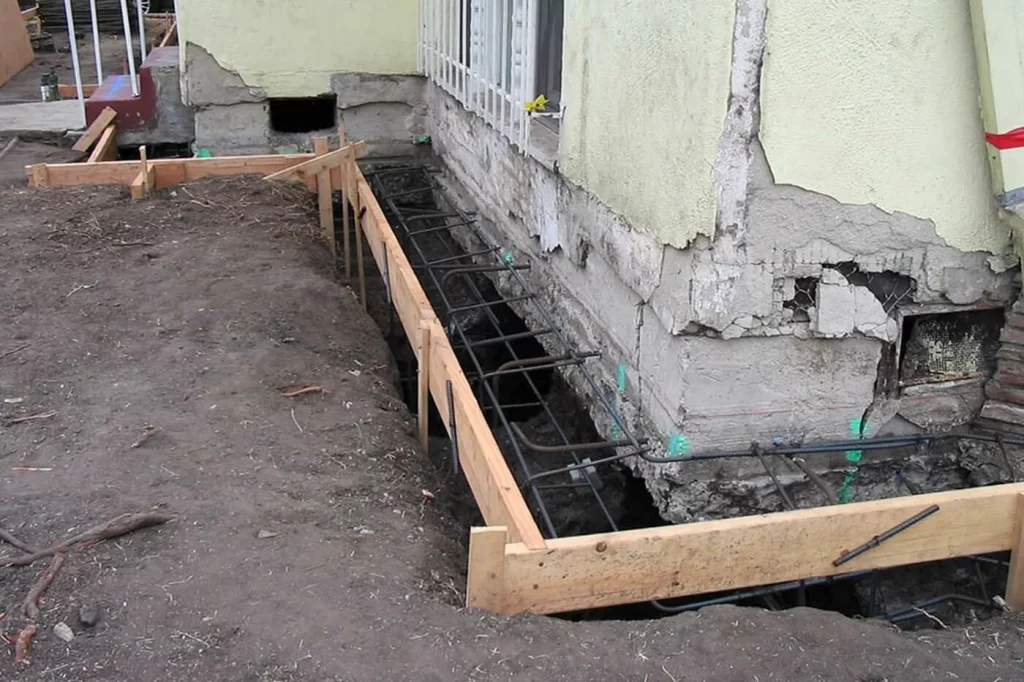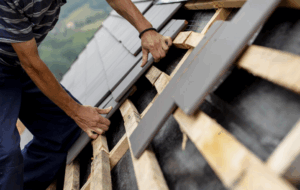What is Underpinning?
Underpinning is the process of reinforcing or repairing the foundation of an existing structure. It is typically undertaken when the original foundation becomes unstable, insufficient, or unsuitable for the current needs of the building. Some common scenarios that require underpinning include:
Foundation Settlement:
When the soil beneath a foundation shifts or compresses, causing the building to sink.
Structural Modifications:
Additional stories or heavy equipment that requires extra support are needed.
Soil Instability:
Changes in the soil due to water table shifts, erosion, or poor initial construction practices.
Underpinning ensures that the structure remains stable, safe, and capable of withstanding external pressures over time.
Key Considerations for Beginners When Learning About Underpinning
If you are new to underpinning, there are several aspects you should consider before embarking on a project or hiring professionals.
Understand the Types of Underpinning
Different methods of underpinning are suited to various conditions. Familiarising yourself with these techniques will help you understand what may be required for your situation:
Traditional Mass Concrete Underpinning:
This involves excavating sections beneath the foundation and filling them with concrete to strengthen the base. It is a cost-effective method but can be time-consuming.
Beam and Base Underpinning:
Combined reinforced concrete beams and bases provide additional support, which is ideal for heavier structures.
Mini-Piled Underpinning:
Mini-piles are drilled into the ground to transfer the foundation’s load to more stable soil layers. This method is suitable for areas with deep or weak soil conditions.
Jet Grouting or Resin Injection:
Noninvasive techniques, such as injecting resin or grout into the soil to stabilise it, are becoming increasingly popular for minor repairs.
Assess the Need for Underpinning
Before initiating underpinning work, it is crucial to determine whether the process is necessary. Conducting a professional inspection can help identify issues like:
- Visible cracks in walls or floors.
- Windows and doors that do not open or close appropriately.
- Uneven or sloping floors.
- Water pooling around the foundation.
A structural engineer or foundation expert can assess the situation and recommend the best action.
Budget for the Project
Underpinning is a significant investment, so understanding the costs involved is essential. Factors that influence the cost include:
- The extent of foundation damage.
- The type of underpinning method required.
- The size of the building.
- Accessibility to the site.
On average, underpinning can cost anywhere from $1,000 to $5,000 per section, depending on the project’s complexity. Request multiple quotes and consider the long-term benefits of investing in a stable foundation.
Choose Qualified Professionals
Underpinning is a specialised process that requires expertise. Beginners should always rely on certified contractors with experience in foundation repairs.
- Experience: Look for professionals with a proven track record in underpinning projects.
- Certifications: Ensure the contractor is licensed and insured for foundation work.
- Reviews: Check testimonials or references from previous clients.
- Warranty: Opt for contractors who offer warranties on their work for added peace of mind.

Understand Building Regulations
In most regions, underpinning work requires adherence to local building codes and regulations. You may need to obtain permits before starting the project. Failing to comply with these regulations can result in fines or complications during future property transactions. Consult with local authorities or a building surveyor to ensure all necessary permissions are in place.
Safety Precautions
Underpinning involves excavation and other potentially hazardous activities. As a beginner, you should know the safety measures necessary to protect workers and occupants. These include:
- Proper shoring and bracing to prevent collapses during excavation.
- Ensuring the worksite is well-organised and free from hazards.
- Employing trained professionals who prioritise safety.
Monitor and Maintain
After underpinning, monitoring the building for any signs of further movement or damage is essential. Regular maintenance of the foundation and surrounding area can prevent future issues. For example:
- Ensure right drainage to avoid water combining near the foundation.
- Address any cracks or damage promptly.
- Avoid planting large trees too close to the building, as their roots can affect the soil.
Conclusion
Underpinning is a valuable process for strengthening foundations and maintaining the structural integrity of buildings. As a beginner, understanding the basics—such as the types of underpinning, the need for repairs, and budgeting considerations—can help you make informed decisions. Always rely on professional assessments and prioritise safety and compliance to ensure a successful project. Investing in underpinning by hiring experts like A and M Groundworks can protect your property, enhance its value, and enjoy long-term peace of mind.






